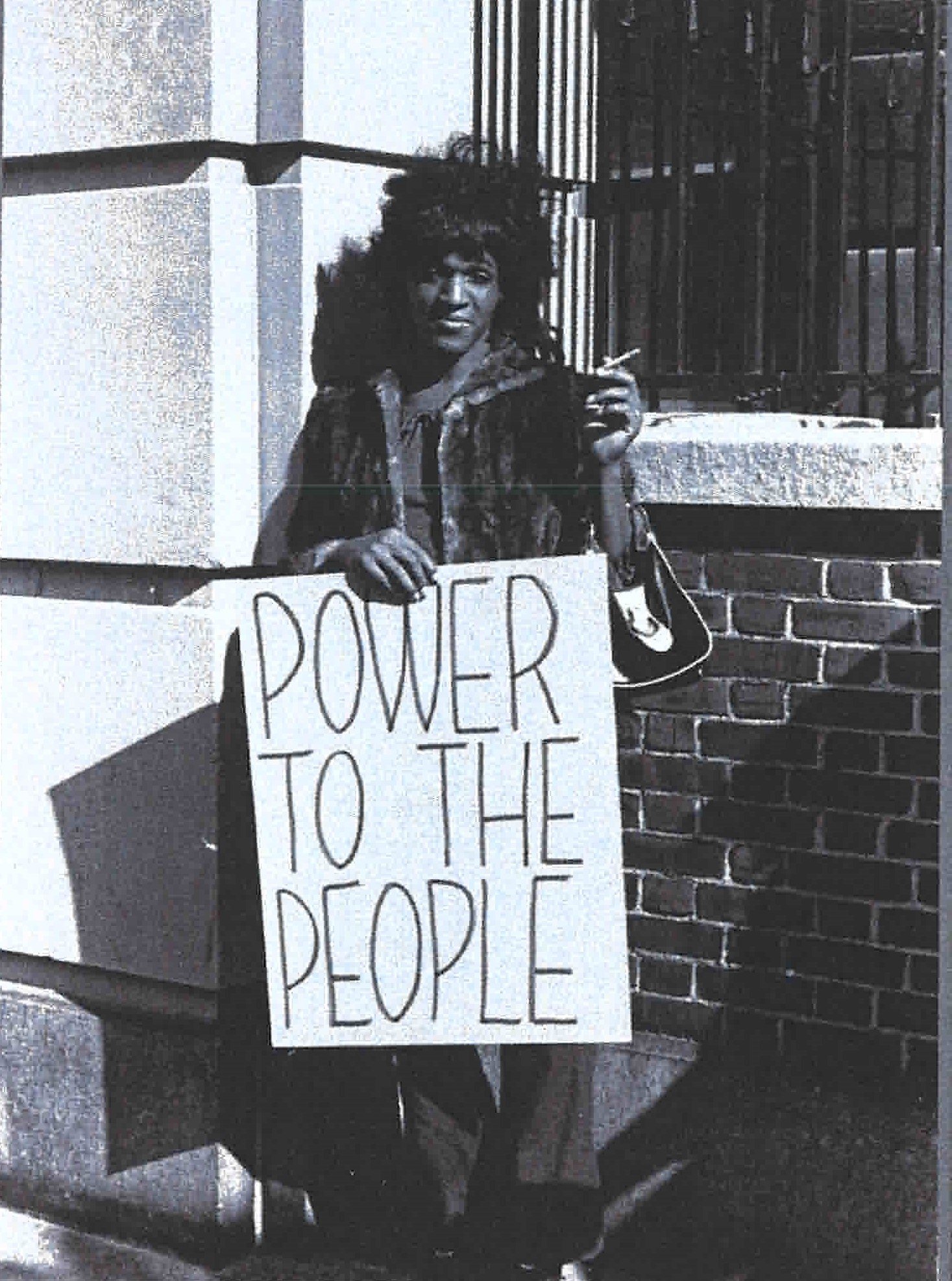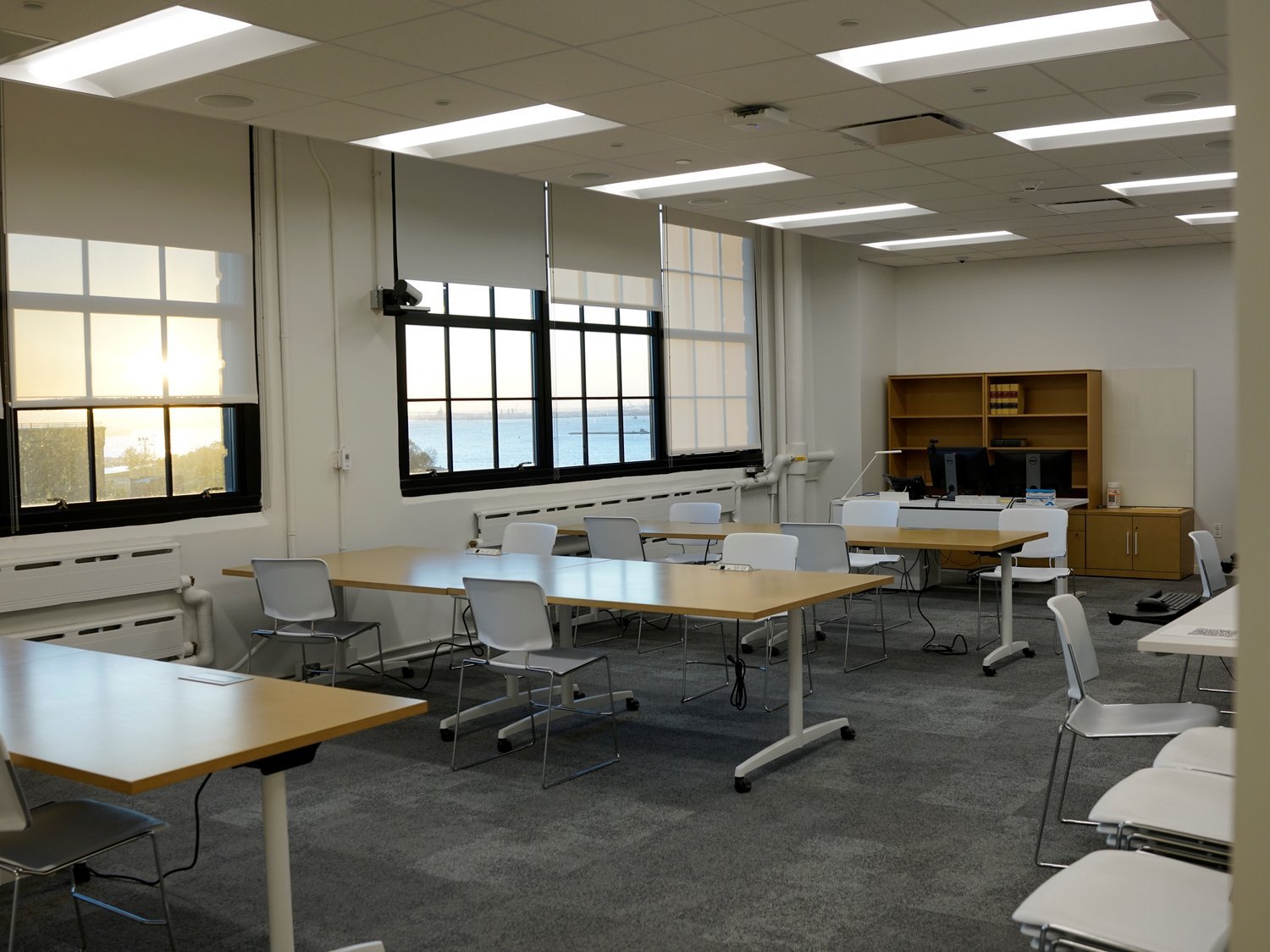Invitation to a Lawn Party to Aid the Peabody Home for Aged Women, June 7, 1890. Early Mayors Records, Hugh J. Grant. NYC Municipal Archives.
Viewers of the new HBO series The Gilded Age may speculate about the veracity of the many plot lines drawn from 19th century New York City history. The New York Times recently published a helpful guide for the curious: “The Gilded Age: What Is Fact and What Is Fiction?” (February 22, 2022). In the article, writer Sarah Lyall examined the “back stories of some of the elements that shape the world of the series.” As Ms. Lyall explains, that world is “…the Gilded Age of our imagination, full of grand families, sumptuous furnishings, lavish entertainments, stringent social rules, massive fortunes and sky’s-the-limit ambitions.”
Invitation to the Fourth Annual Excursion of Ivy Lodge No. 65, July 10, 1893. Early Mayors Records, Thomas F. Gilroy. NYC Municipal Archives.
Among the preoccupations of those at the at the apex of the city’s social scene (or those who wished to be) is the world of charitable functions. To be more specific, who was invited to what charity event (and who was not invited) formed the centerpiece of much the conflict between new and old money New York families that is engagingly depicted in the program.
Complimentary Ticket to the Tournament at the New Game of Billiards at Tammany Hall, November 11, 1879. Early Mayors Records, Edward Cooper. NYC Municipal Archives.
The importance of these social events resonated with city archivists who remembered seeing invitations and other artifacts of these functions in the Early Mayors’ Records. This series includes correspondence and documents from New York City mayoral administrations from 1826 through 1897 and totals 157.5 cubic feet. The collection had originally been assembled by Rebecca Rankin during her 32-year tenure as the Director of the Municipal Library between 1920 and 1952. This was a core collection in the Municipal Archives when it opened in 1952 and remains one of the most important series documenting nineteenth-century government and policies. The Early Mayors' Records finding guide is now available online.
Invitation to the First Annual Summer Festival for the Benefit of the Immigrant Girls Home, August 13, 1891. Early Mayors Records, Hugh J. Grant. NYC Municipal Archives.
Two blogs in 2020, The Transcription Project, Early Mayors’ Collection, and
The Transcription Project, Early Mayors’ Collection II , discussed how archivists, working remotely in 2020, transcribed descriptive materials that enhances access to the intellectual content of the series. Researchers will be able to more easily identify the invitations and other artifacts of the social scene, such as the samples reproduced here.
Invitation to the Grand Annual Excursion of the Mohawk Association, August 13, 1890. Early Mayors Records, Hugh J. Grant. NYC Municipal Archives.
Another theme, thoroughly exploited for dramatic purposes in the series, are the interactions between political leaders and the business community. The invitations to social, fraternal and other functions found in the mayor’s papers (many marked ‘complimentary’) are just one manifestation of this enduring fact of New York City life during that era.
Invitation to the Grand Annual Pic-Nic for the Benefit of St. Mary’s Literary Institute, June 7, 1880. Early Mayors Records, Edward Cooper. NYC Municipal Archives.
Invitation to the Family Excursion of the Property Owners Association, July 22, 1897. Early Mayors Records, William L. Strong. NYC Municipal Archives.
Here are a few examples. Today we can appreciate them for their artistry, color, and typography—evocative of the ‘Gilded Age’ in New York City—and as artifacts of a world long-gone.
Invitation to Grand Annual Ball of the Legion of Justice, March 9, 1891. Early Mayors Records, Hugh J. Grant. NYC Municipal Archives.
Program, Metropolitan Opera, January 24, 1891. Early Mayors Records, Hugh J. Grant. NYC Municipal Archives.
Program, Metropolitan Opera, January 24, 1891. Early Mayors Records, Hugh J. Grant. NYC Municipal Archives.
Hat Check for the Tough Club, February 21, 1890. Early Mayors Records, Hugh J. Grant. NYC Municipal Archives.
Knights Temperance Invitation, September 16, 1890. Early Mayors Records, Hugh J. Grant. NYC Municipal Archives.






